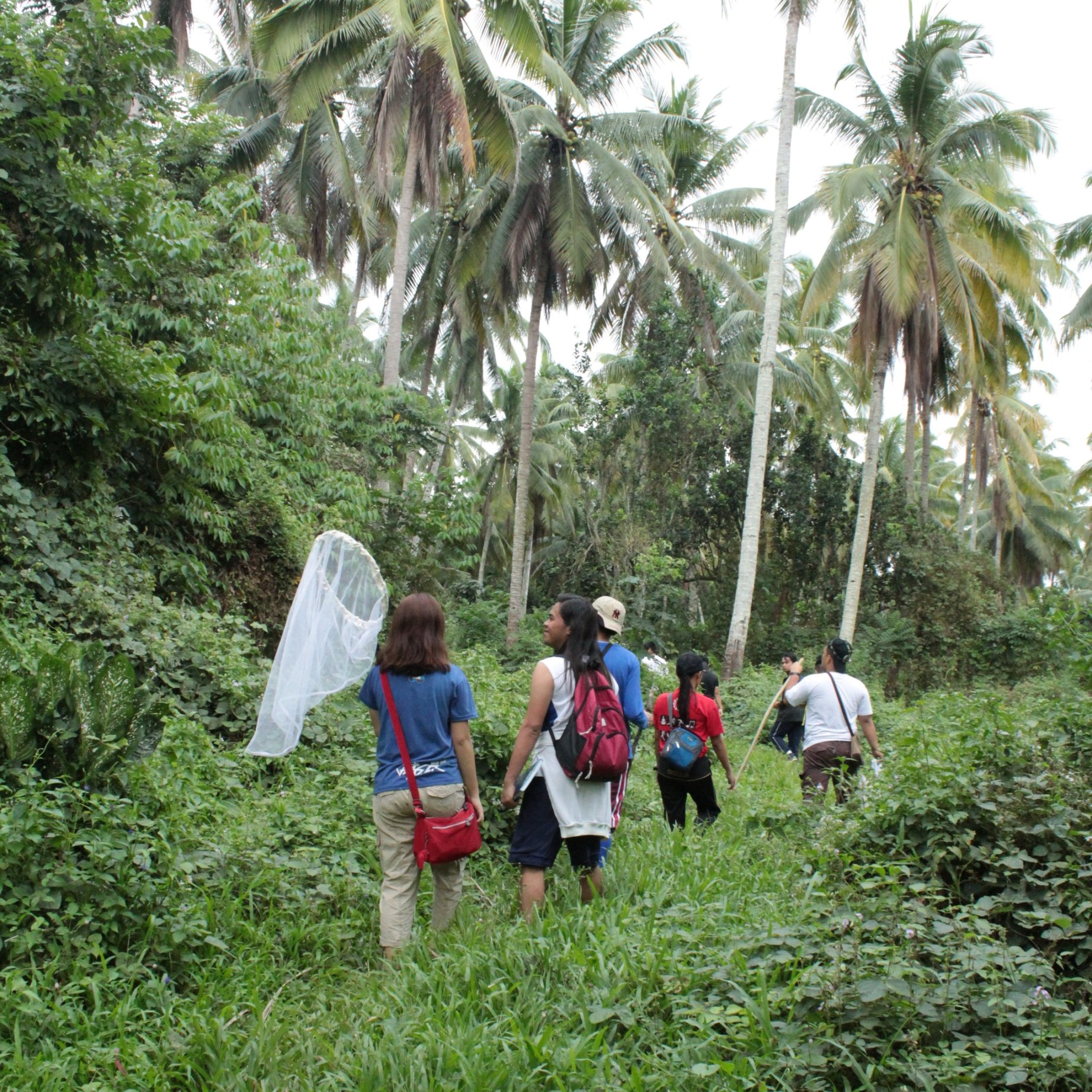Ecological and Socio-Economic Benefits of Spiders
Our Friendly Neighborhood Spiders
by Deborah Uson
Imagine this: a spider in a matchbox, a piece of stick from a dried coconut leaf, and a group of youngsters. What do you get? A starter pack for spider fighting—a favorite pastime among the youth in some rural and peri-urban areas in the country.
Our penchant for spider fighting and the depiction of spiders in the Philippine media is a testament that spiders have long been part of Filipino culture. This could be attributed to spiders being easily found in the neighborhood, including in small-scale urban green spaces.
The paper “Local Community Perceptions of the Ecological and Socio-Economic Benefits of Spiders in Small-Scale Urban Green Spaces for Conservation Reinforcement” by UPMin researchers Brian Sabanal, Marion John Michael Achondo, Lief Erikson Gamalo, Pedro Alviola IV, and Mae Responte assessed UPMin’s local community’s knowledge, perception, and awareness on spiders' ecological and socio-economic benefits to reinforce the conservation of this invertebrate group. The paper is a result of UPMin’s Green Campus Initiative. Spiders have a significant role as beneficial predators, keeping the pest population—such as mosquitoes that spread dengue—in check. Their venom is also being studied to develop treatments for some diseases.
 |
 |
| A variety of spiders displayed in the research paper | The research team on fieldwork |
The researchers found that the local community has a positive perception of spiders. The respondents recognized and understood the significant roles of spiders in the ecosystem. However, the study revealed that while they do know the significance of spiders, this can be overlooked as spider wrestling is widely popular in the area and motivated by recreation and money.
The study recommends reinforcing the community members’ knowledge of spiders’ ecological services. This includes promoting positive perceptions and addressing factors that contribute to negative viewpoints. Biological and social perspectives must also be integrated to create an effective conservation plan for both humans and wildlife. The team suggests involving and capacitating concerned local communities as one of the stakeholders for the conservation plan of this arthropod group that has been put at risk due to pastimes and gambling.
Hence, the next time you see another spider minding its own, let it be. They are also important members of our community.
Photo by Sabanal et al. and JA Basilio
This publication was granted a UP International Publication Award in 2022
Read the full article here: https://www.ajcb.in/archive_july_21.php
